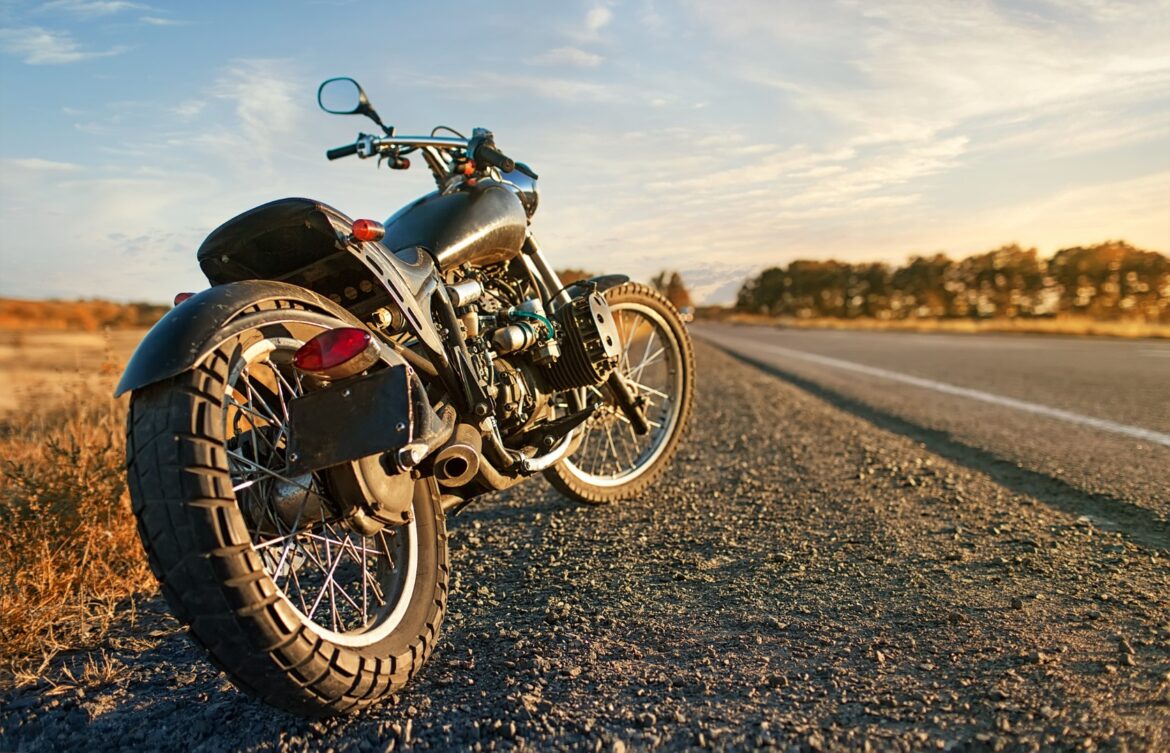Motorcycles have their earliest roots in the late 19th century, when designers first experimented with mounting motors on bicycles. These innovators aimed to use the power of combustion engines to increase the speed and convenience of bicycle travel. These early motorised bicycles were developed by several innovators from throughout the world, including Gottlieb Daimler, Hildebrand & Wolfmüller, and others.
These innovations came in a variety of designs, with the engines being linked to the rear wheels, placed on the frames, or even built directly into the frame of the bicycles. They all had the same objective, though, which was to develop a self-propelled, motorised means of transportation that combined the effectiveness of bicycles with the might of motors. These early gadgets established the framework for what would later become motorcycles.

Rise of Commercial Motorcycle Manufacturing
With the emergence of commercial motorcycle manufacture in the early 20th century, motorcycle history saw a crucial turning point. Motorcycle manufacturers like Indian Motorcycle and Harley-Davidson became market leaders by using mass manufacturing methods to lower the cost and increase accessibility for a larger market.
Mass production led to advancements in design, engineering, and manufacturing techniques. Manufacturers concentrated on raising overall quality, dependability, and performance. They made innovations such as enclosed chain drives, improved suspension, and more effective engines. The bikes created during this time are famous for their unique designs, which are frequently highlighted by sleek lines, elaborate ornamentation, and potent engines.
The Golden Age of Motorcycles
The “golden age” of motorbikes is sometimes referred to be the 1920s and 1930s. Motorcycles developed cultural importance and turned into images of independence, exploration, and insurrection throughout this time. They embodied the enthusiasm of youth and the excitement of the open road, capturing the imagination of riders all over the world.
Motorcycles from this era were distinctive in their striking styling and opulent finishing. Motorcycle aesthetics were known for their use of chrome highlights, sweeping lines, and fine details. The bikes’ powerful engines, which sometimes had exposed parts, enhanced to their attractiveness and represented power and speed. Films, books, and popular culture all reflected the cultural importance of motorcycling. Hollywood movies featured risky motorbike stunts and presented riders as tough, independent people. The sense of freedom and adventure that motorbikes gave was romanticised in books and publications. Motorcycle clubs, like the well-known “outlaw” groups, became emblems of counterculture and disobedience.
Motorcycles reached their pinnacle of popularity during this period when they moved beyond simple modes of transportation to become deeply ingrained in society. They embodied the spirit of uniqueness, adventure, and excitement of discovery that enthralled both riders and enthusiasts.
Technological Advancements
The development of motorbikes has been greatly influenced by technological breakthroughs. Suspension systems, which are essential for delivering comfort, control, and handling skills, have been one of the main areas of advancement.
Early motorbikes relied frequently on stiff frames and unsprung rear wheels for their basic suspension systems. But as motorcycles advanced, designers and producers added other suspension systems, including telescopic forks, swingarms, and shock absorbers. These developments improved the way motorbikes handled uneven road conditions, dampened shocks, and maintained stability when turning.
Significant improvements have also been made in engine technology. Simple single-cylinder engines were used in the earliest bikes, but as time went on, multi-cylinder engines, overhead valves, and sophisticated fuel delivery systems were added. These developments resulted in more power, better fuel economy, and smoother operation. Advancements in brake systems, tyre technology, and frame design have all improved handling. Early drum brake systems were replaced with hydraulic disc brakes, which provided superior control and stopping power. Cornering and manoeuvrability were further boosted by the adoption of radial tyres, which had better grip and stability. Riders can handle turns and curves with more assurance because of the better-handling qualities of lightweight materials and optimised frame geometry.
The overall performance, safety, and pleasure of motorcycling have all tremendously benefited from these technological developments. They have improved the functionality, comfort, and adaptability of motorbikes to suit a variety of riding styles and tastes.

Offroad Dominance
Off-road motorcycle riding has a long and illustrious history, and it has had a big impact on how motorbikes have developed. The creation of specialised motorbikes known as dirt bikes was fueled by the advent of off-road competitions like motocross and enduro.
When motocross first appeared in Europe in the 1940s, it soon spread around the globe. On confined, purpose-built tracks with difficult obstacles jumps, and diverse terrain, motocross competitions were held. With its high-flying action and exhilarating races, the sport captivated fans while showcasing the agility, speed, and technical skill of riders.
Contrarily, enduro emphasises long-distance off-road riding, frequently via challenging and varied terrain. Enduro competitions test both the motorcycle’s skills and the endurance of the rider. These competitions call for motorcycles with strong frames, enduring parts, and superior performance. Dirt motorcycles were created in response to motocross and enduro racing requirements. Off-road riding is the only purpose of dirt motorcycles, which have lightweight frames, long-travel suspensions, and knobby tyres for better traction on dirt, gravel, and irregular terrain. They have the dexterity and toughness needed to navigate treacherous terrain and resist the rigours of off-road racing.
Beyond spirited racing, dirt motorcycles are incredibly popular. They have grown to be a popular option for leisure riders looking for exploration, adventure, and the excitement of off-road riding. Riders may explore distant regions, overcome environmental challenges, and take in the unadulterated beauty of nature on dirt motorcycles, which provide an unrivalled sensation of freedom. The popularity of dirt motorcycles has had a big influence on motorcycle technology, changing things like suspension setups, tyre construction, and general toughness. Manufacturers have continuously increased the performance of off-road vehicles by using cutting-edge features and technology to improve dirt bike performance.

